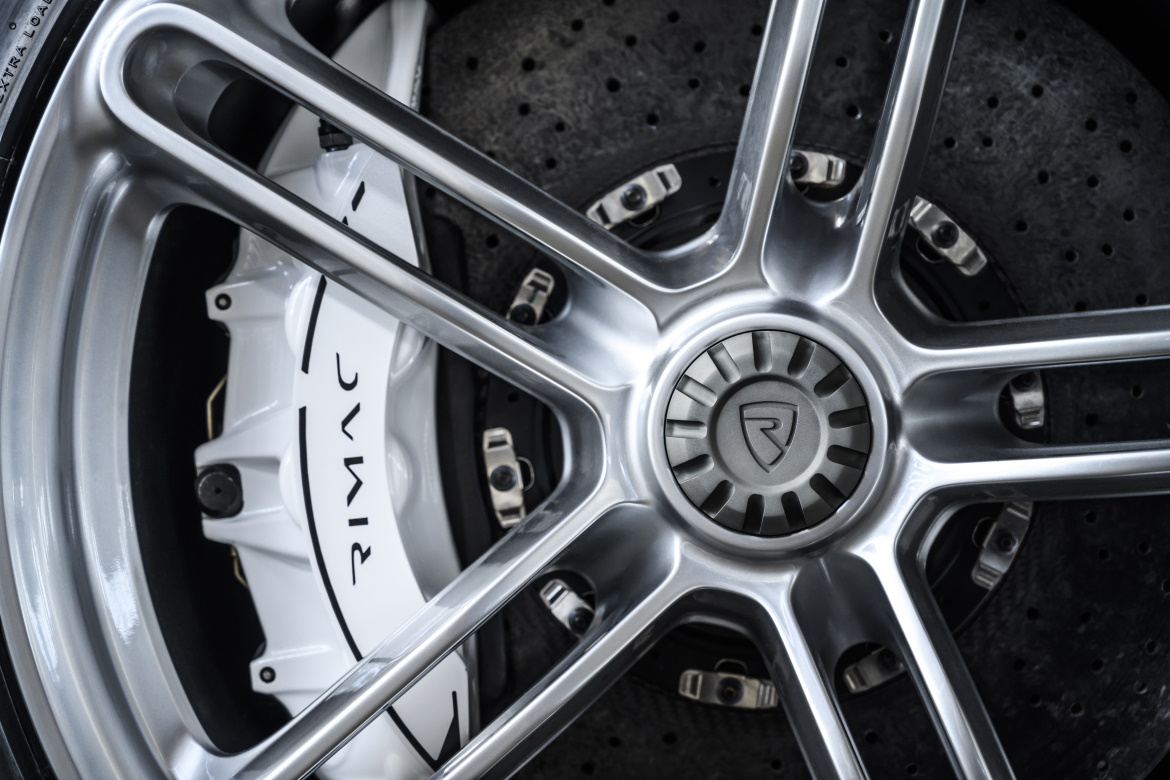What should we expect from the electric cars of tomorrow? It’s a question that isn’t easy to answer. In a phase that is basically still pioneering, manufacturers aren’t following a single path, but very different directions, though with key common elements, like the evolution of batteries. During an online conference the manufacturer of electric systems and battery supercars, Rimac, and its partner company, Analog Devices, which specialises in electronic components and measuring systems, presented their vision of the state of the sector.
More than the shape and look of the vehicles, which are influenced by technical evolution and interaction with an increasingly connected environment (with developments that are still difficult to predict), attention is concentrated on battery electronics, the optimisation of which also comes from integrating components – the first element to influence their design. As with electric engines, the design of which is moving towards “three in one” solutions where the motor, transmission, and power electronics are integrated into a single block, the development of battery packs and the main components is also influenced by the need to harmonise cells and management systems in compact assemblies in order to ensure efficiency, with an essential role for integrated circuits.
As the Vice President of Analog Devices, Patrick Morgan, emphasised: “Innovation is based on precision engineering systems”. Balancing cell performance means better exploiting energy during the re-charge phase as well, and, in the future, could mean limiting the dimensions and weight of the batteries in relation to performance, with more freedom to manage the spaces for engineers and designers.













